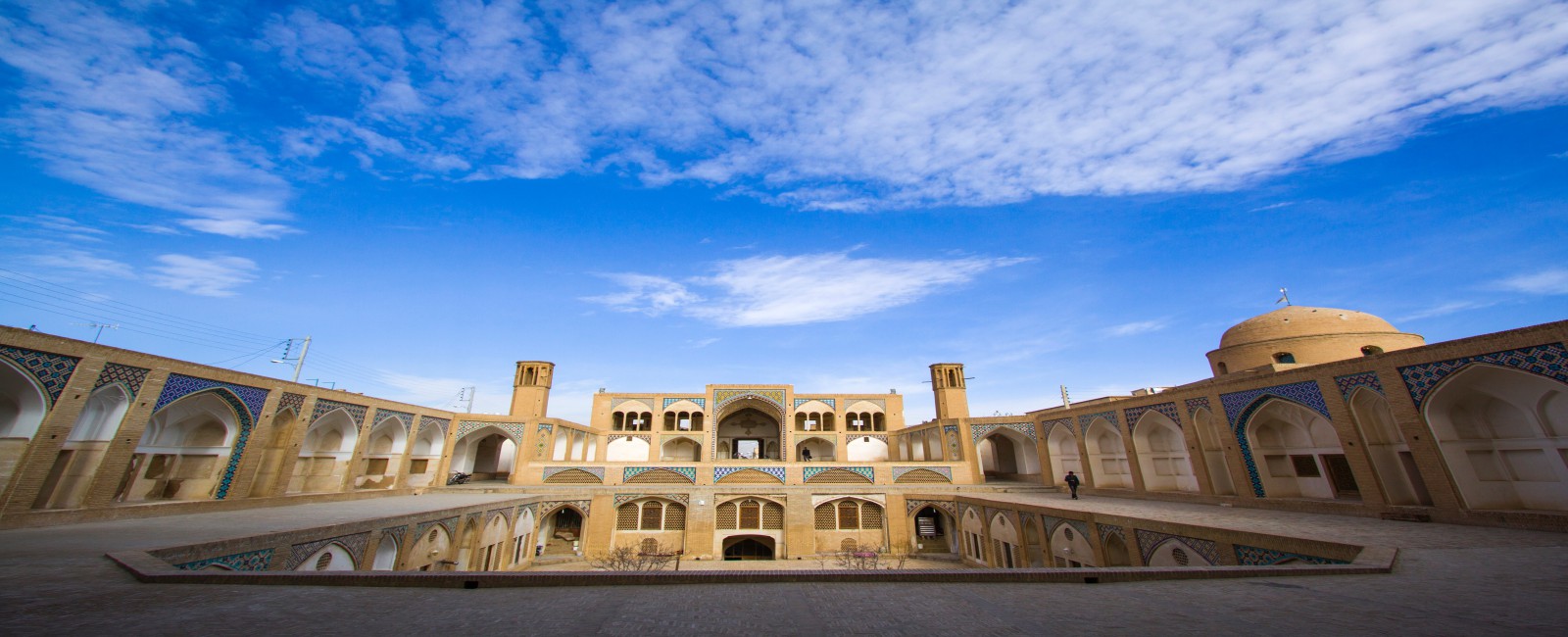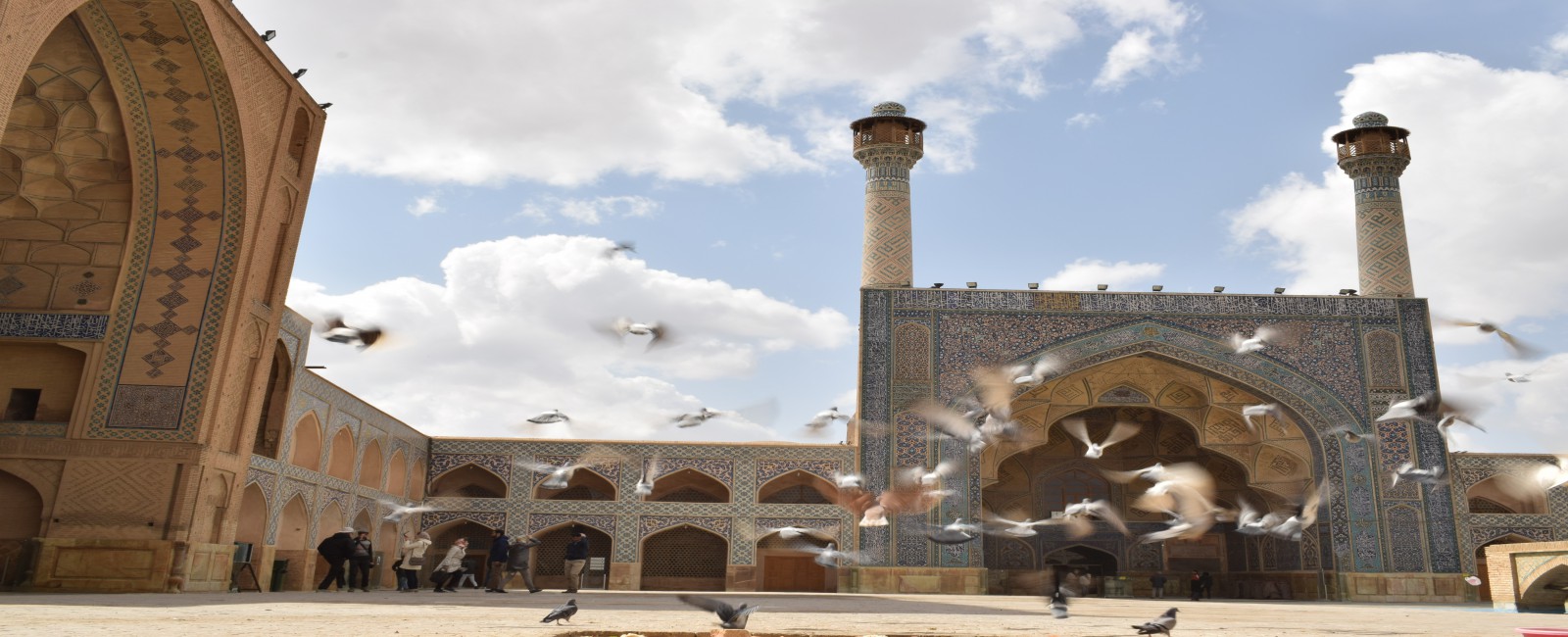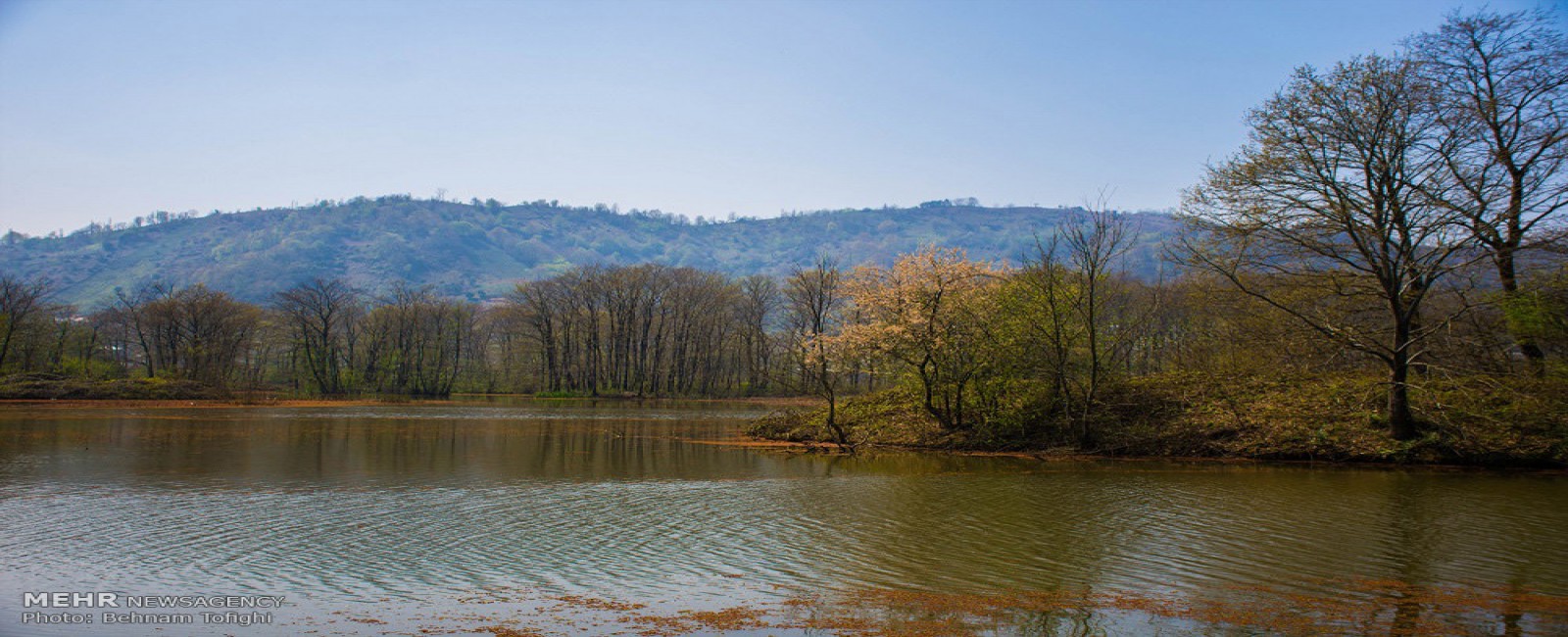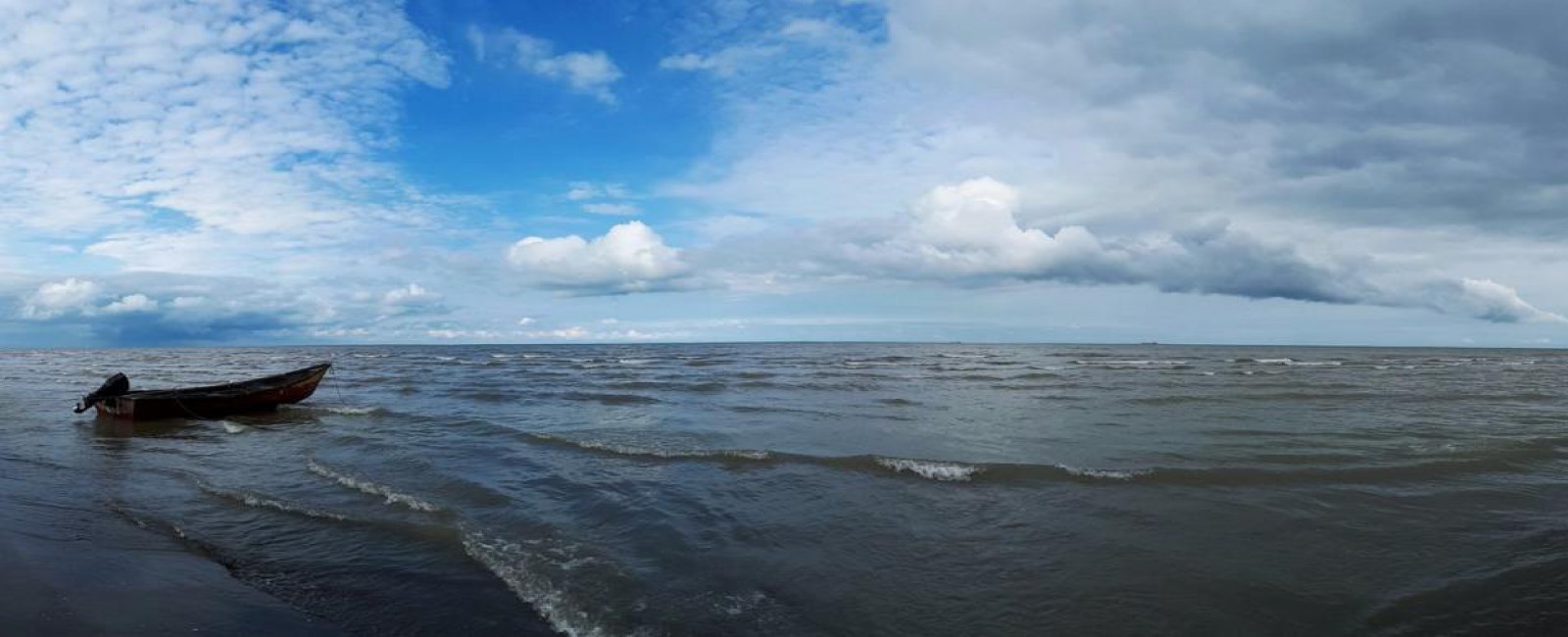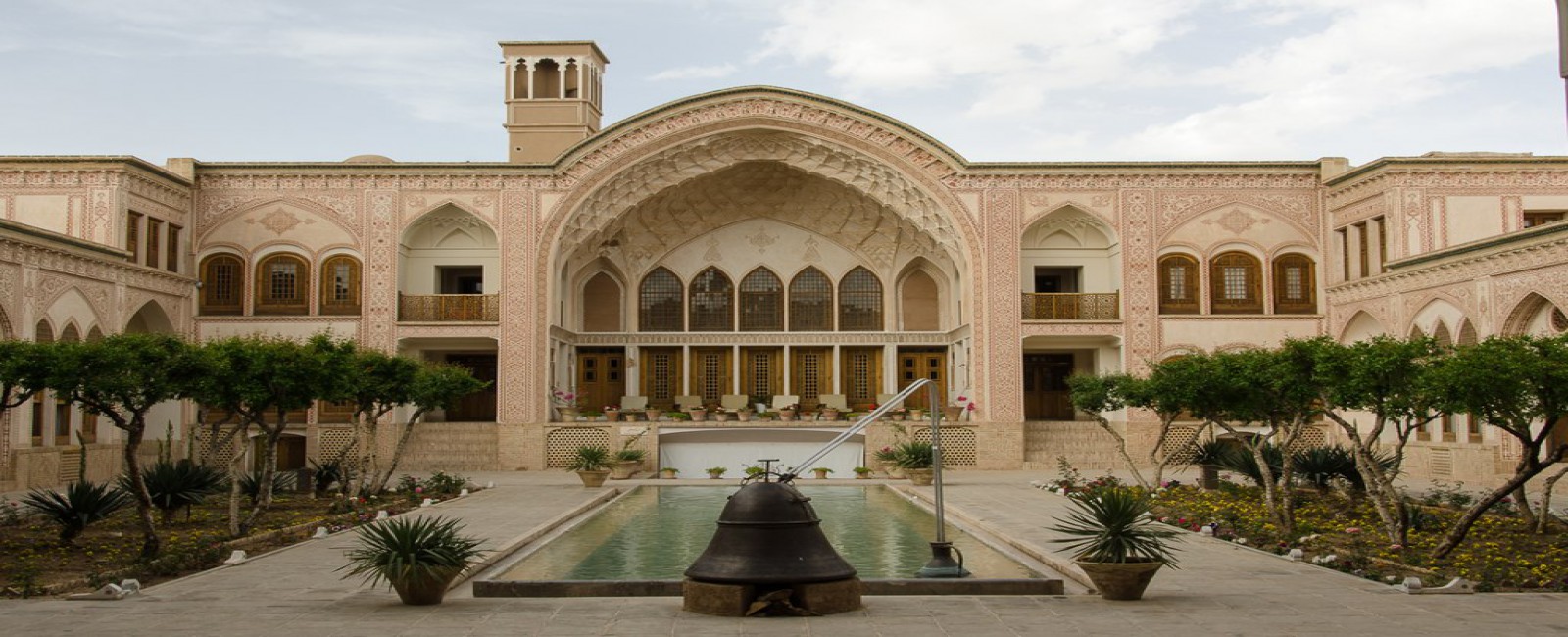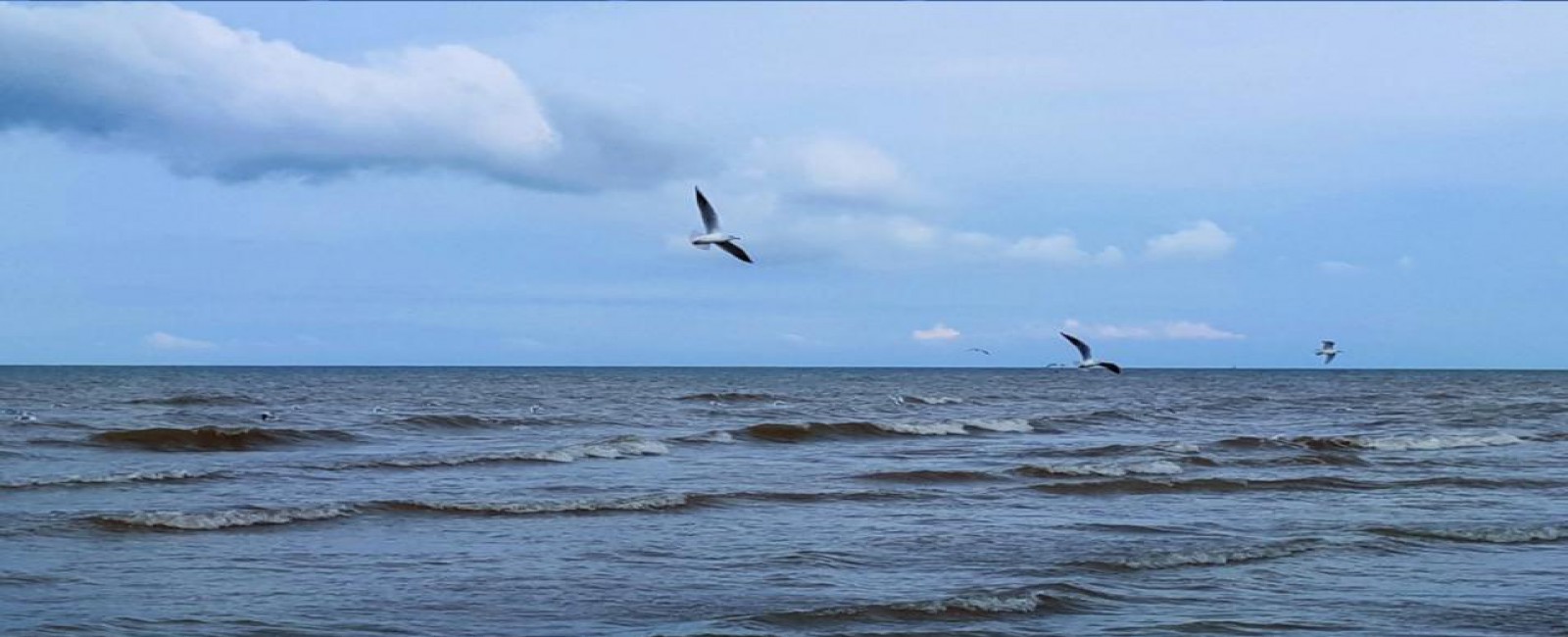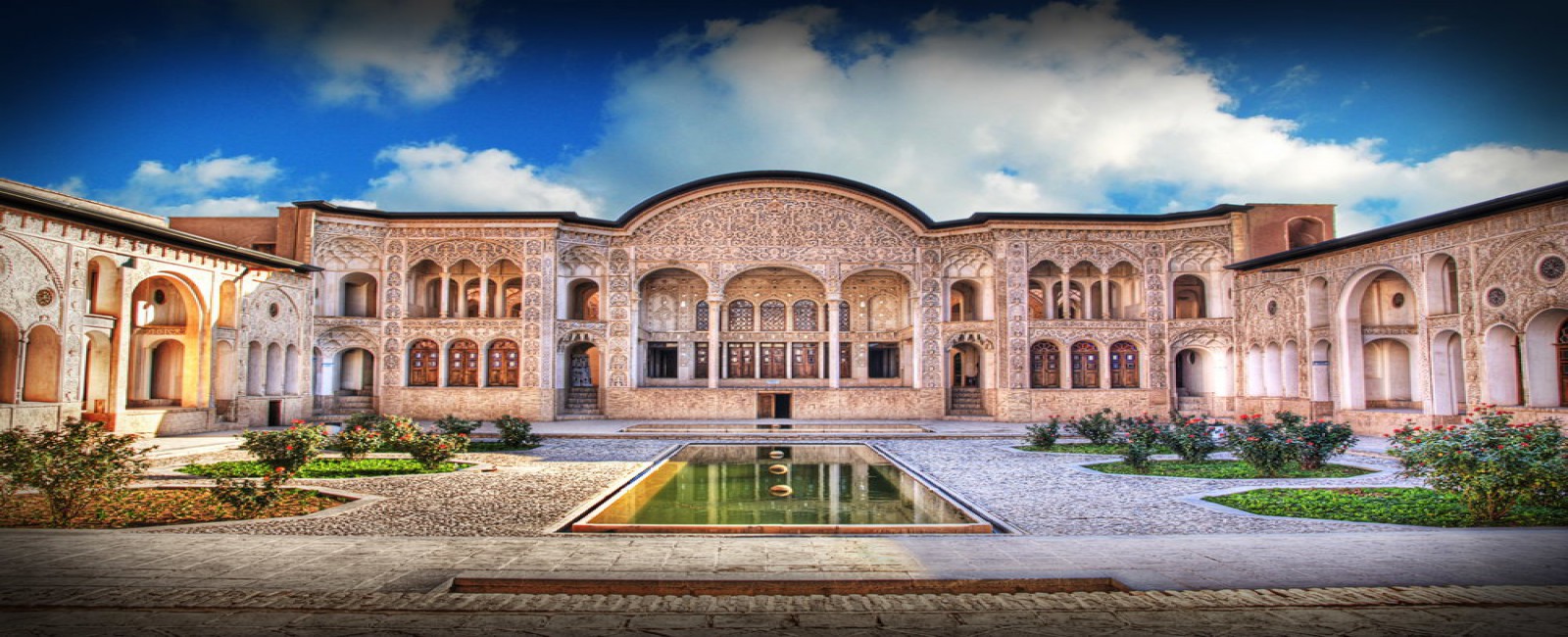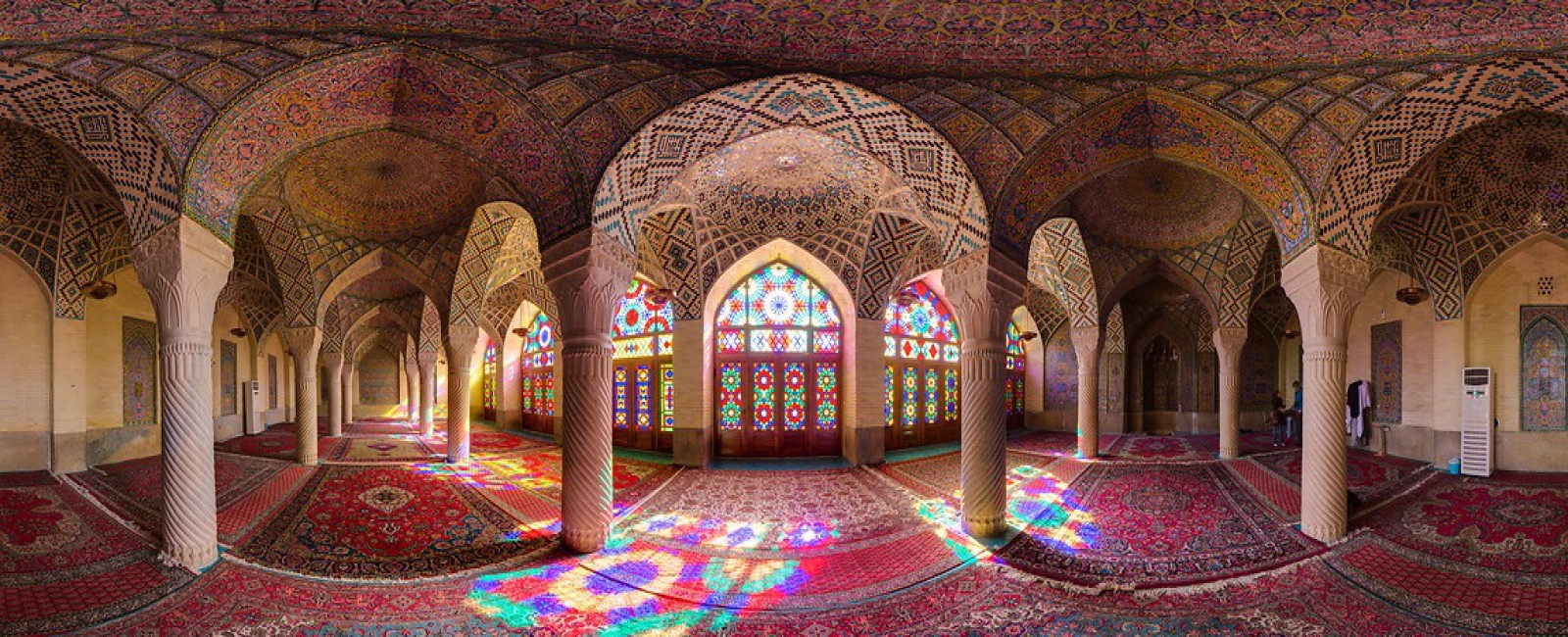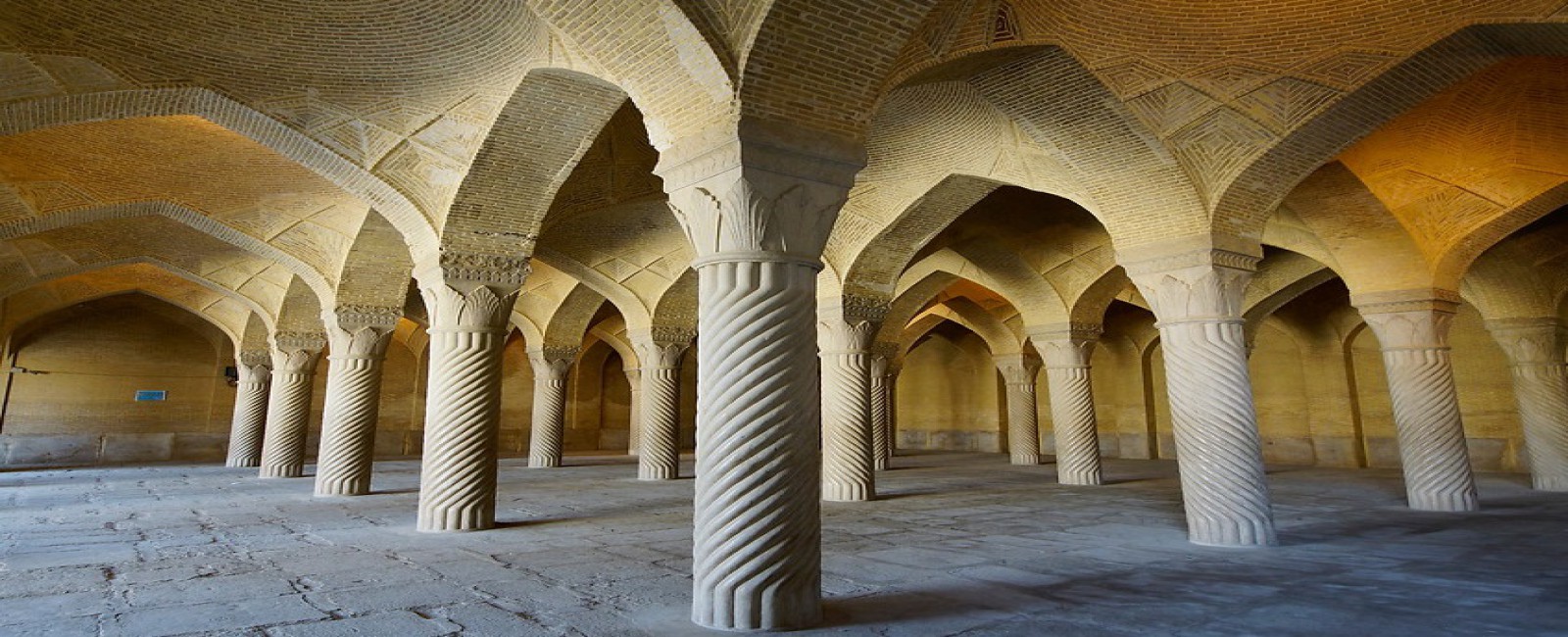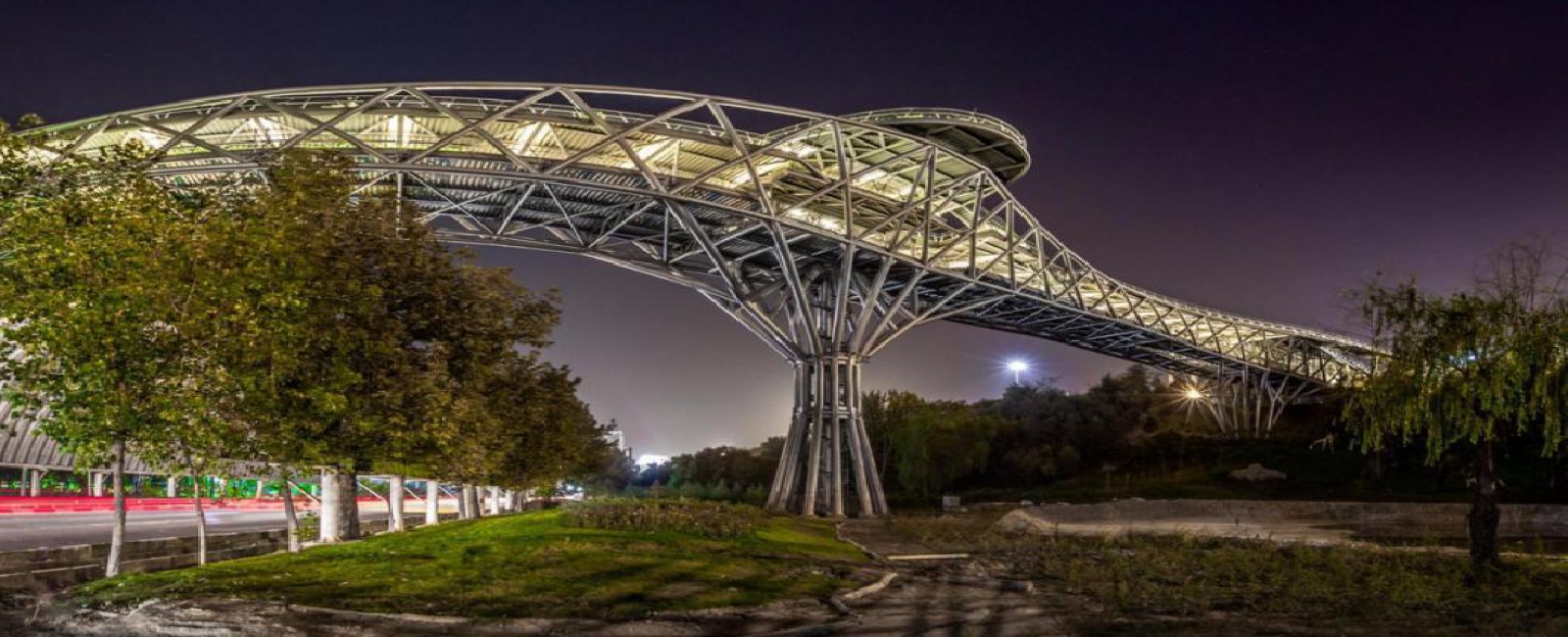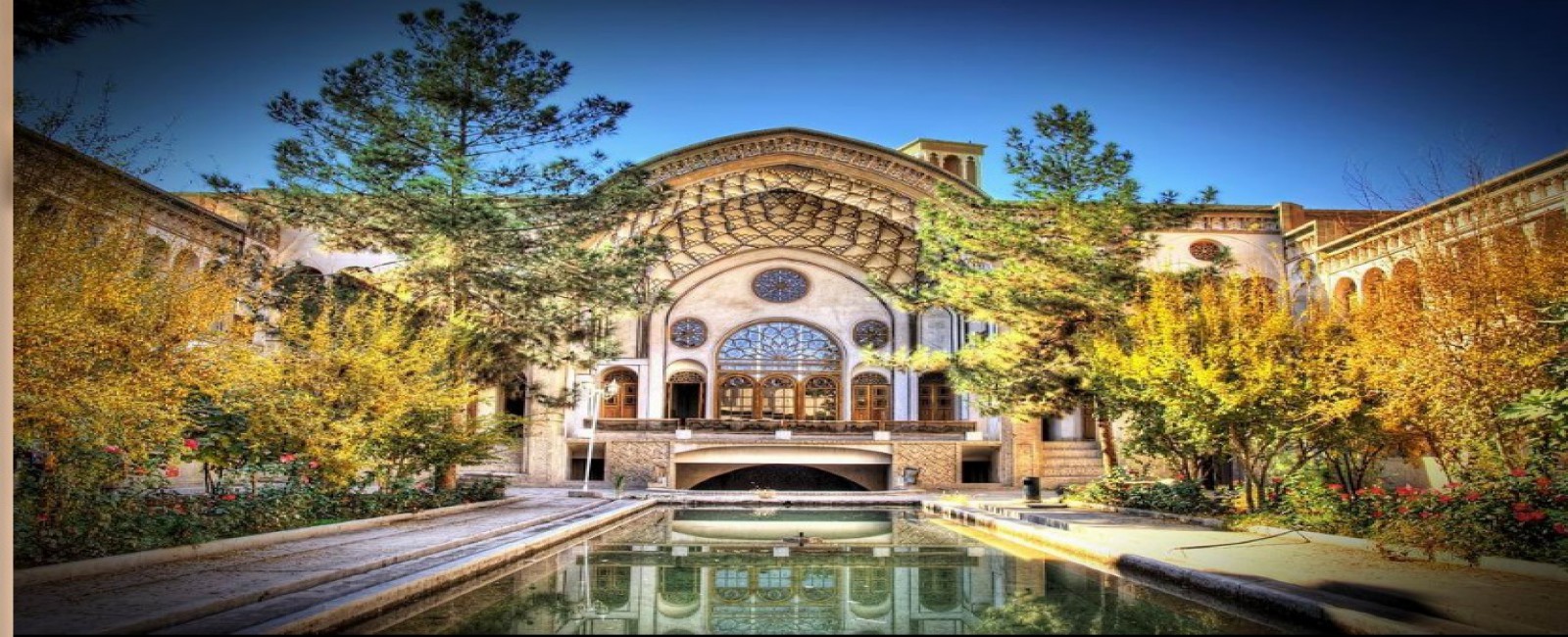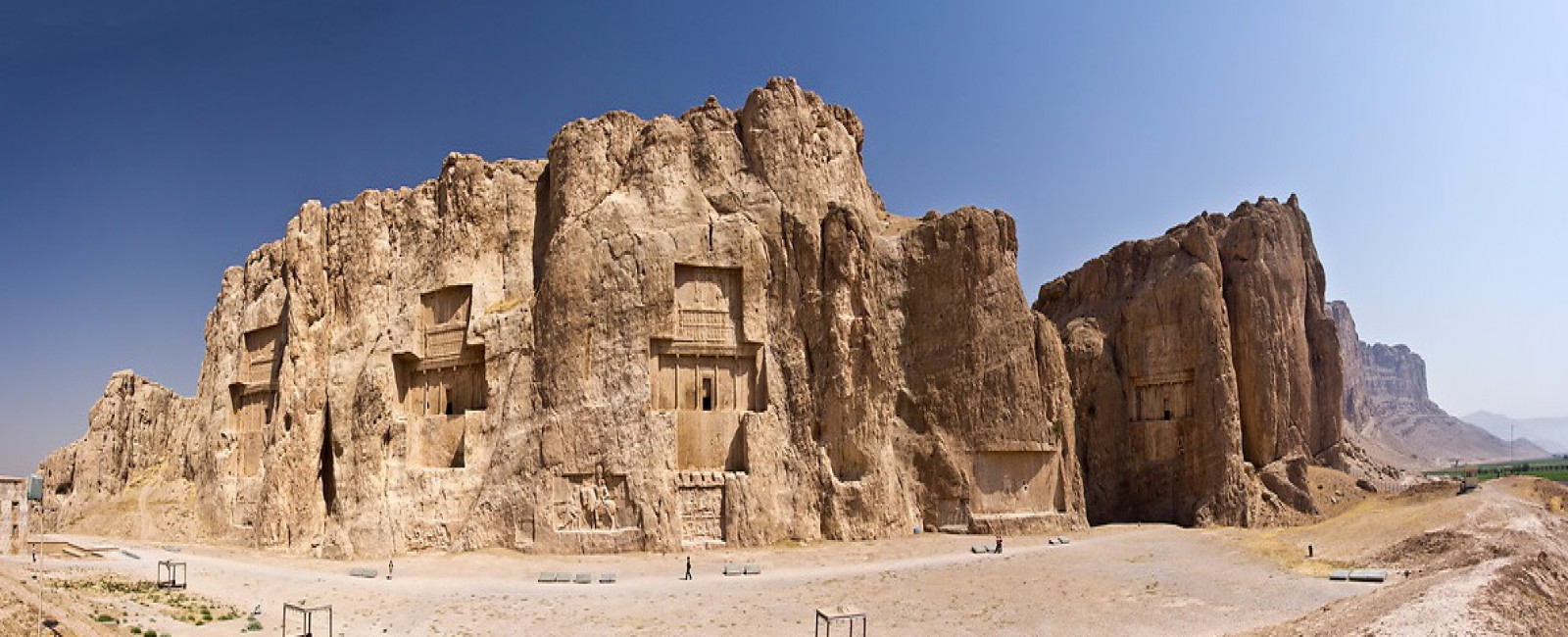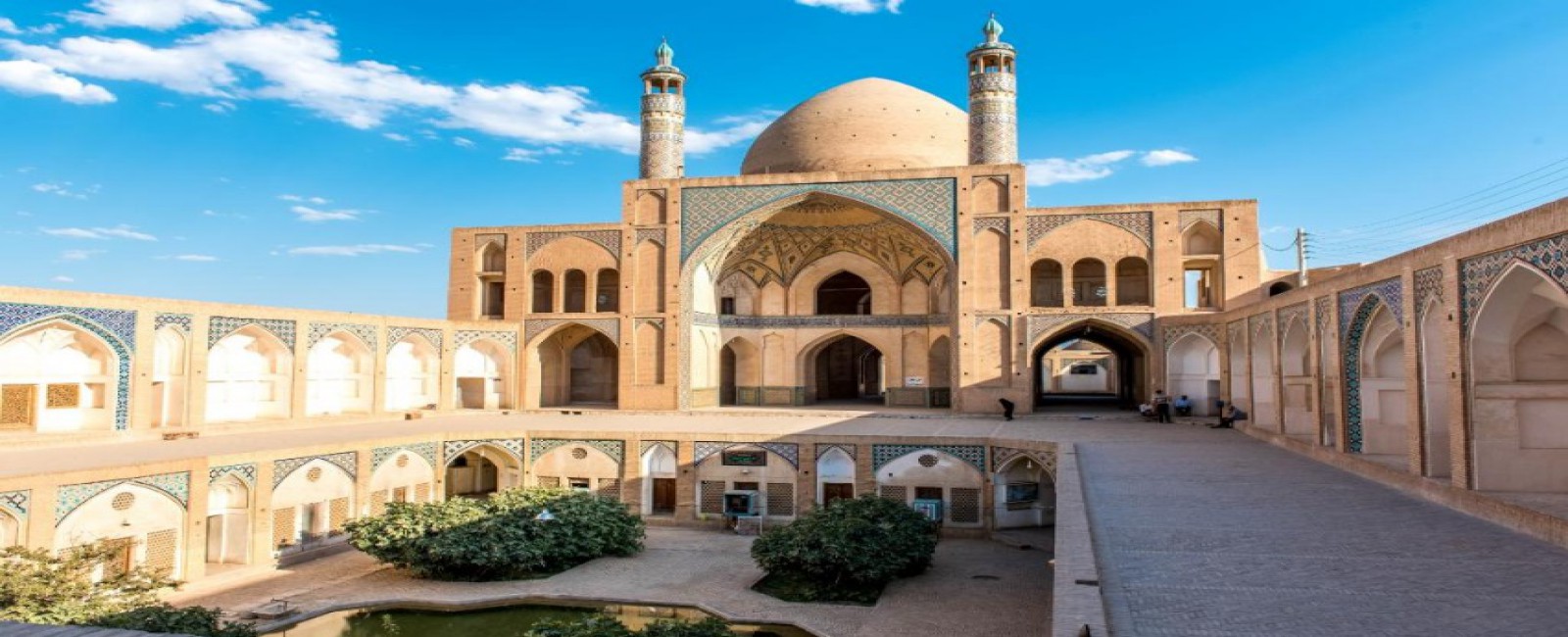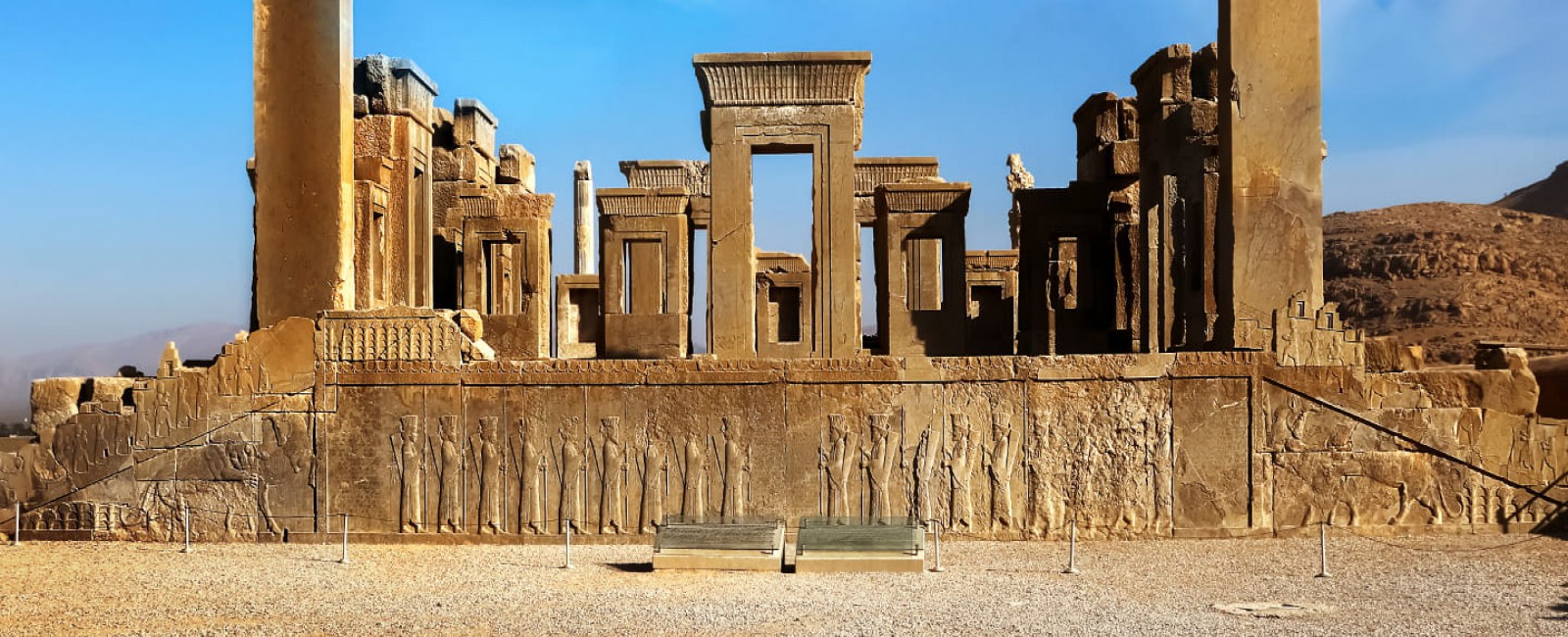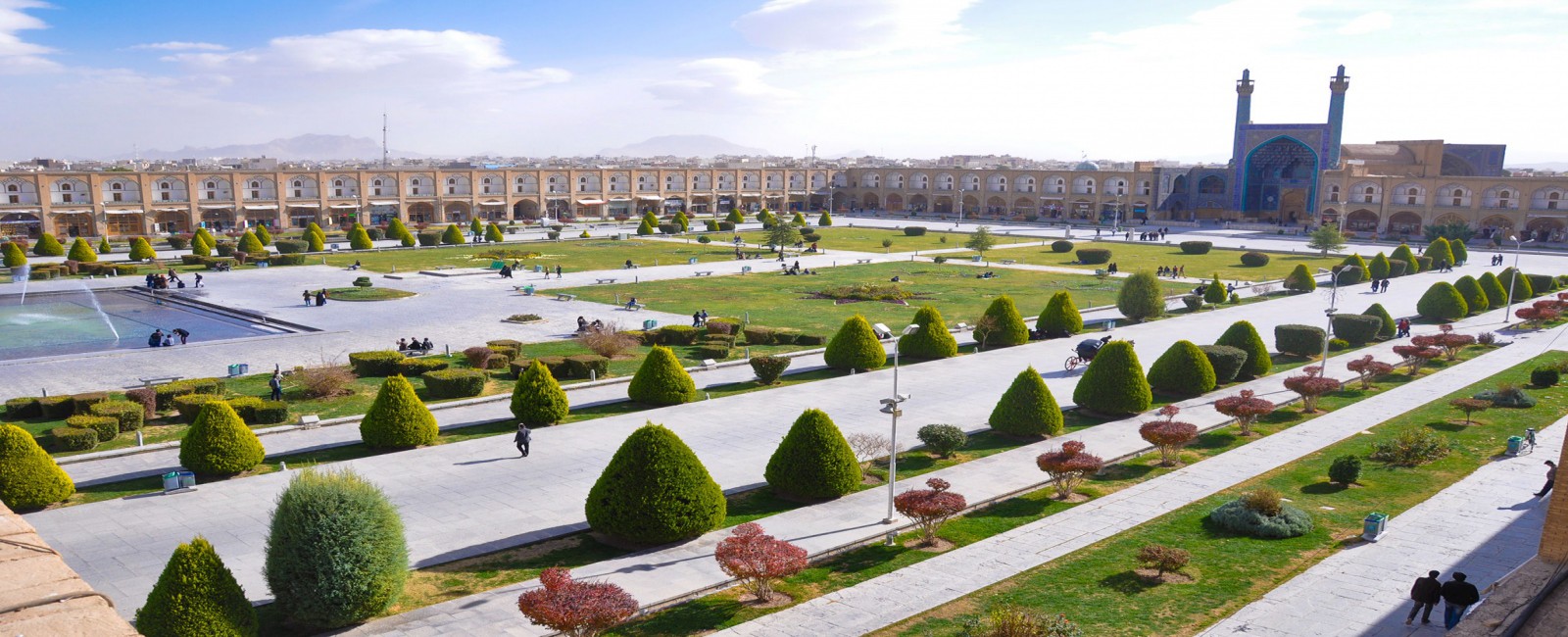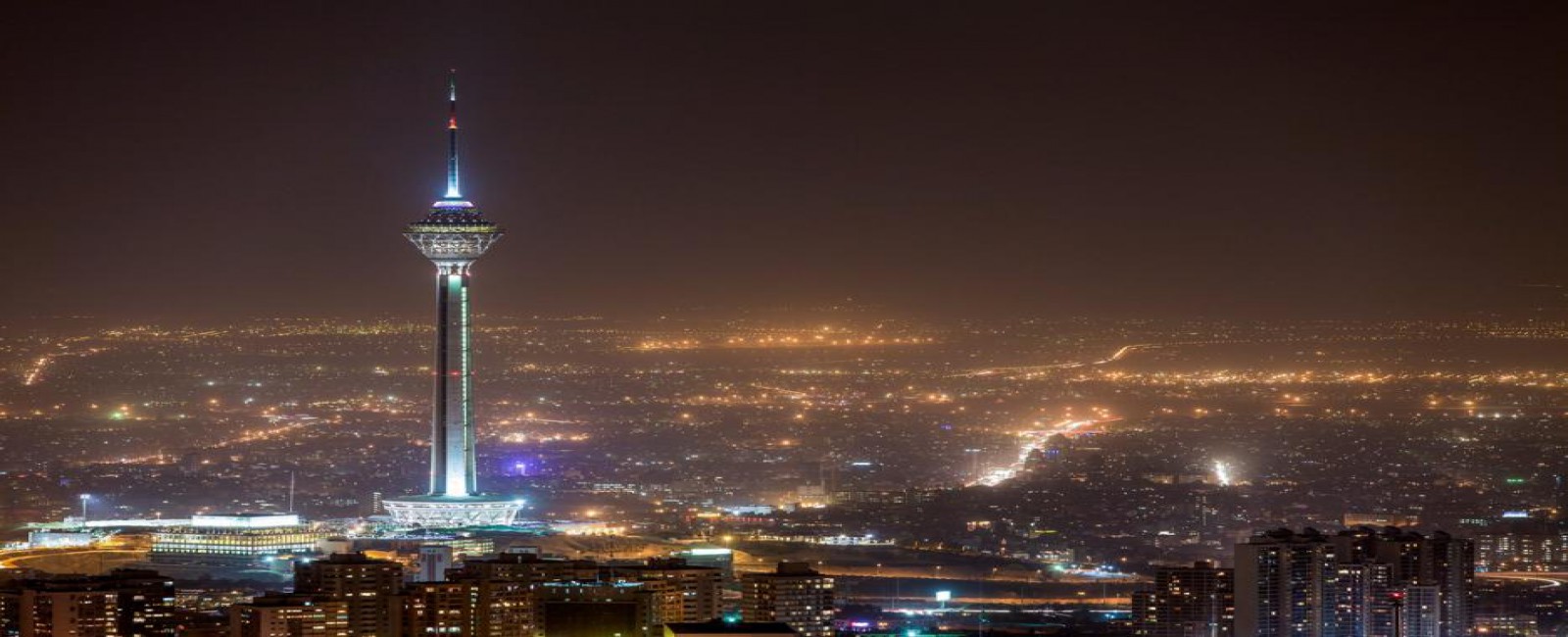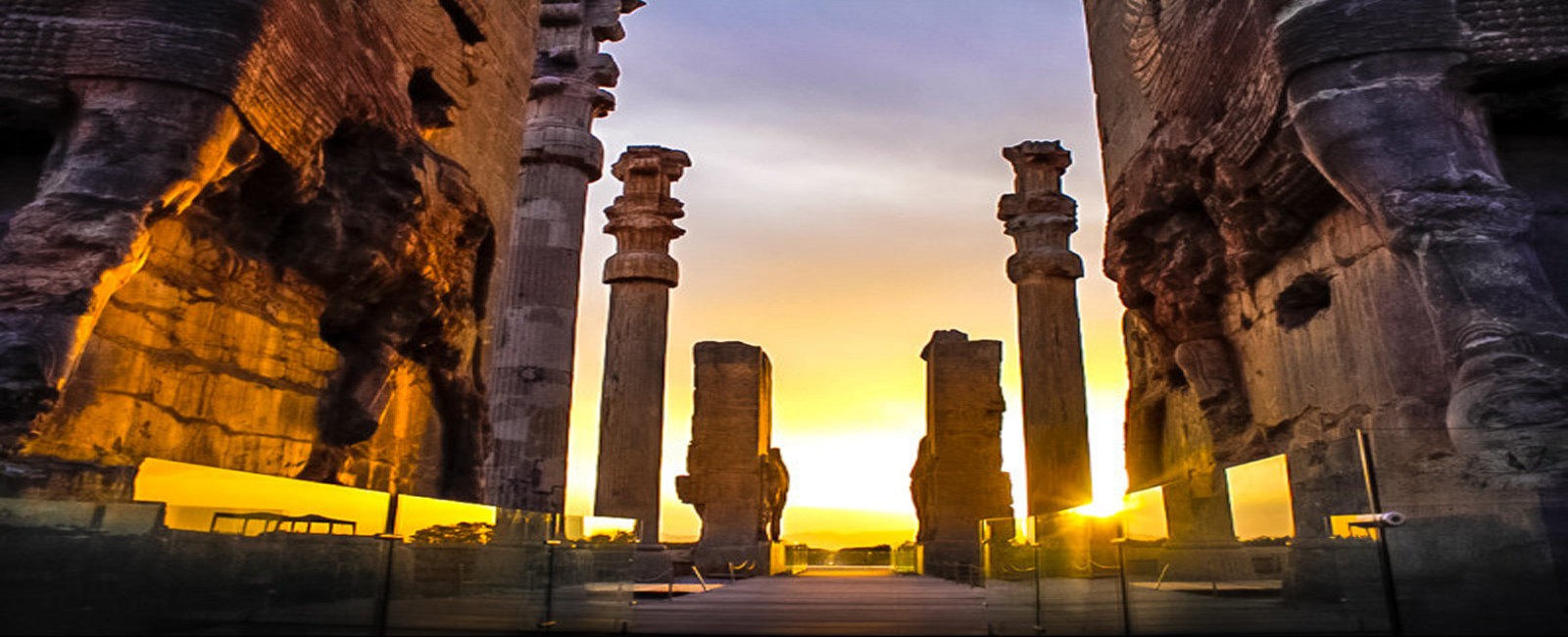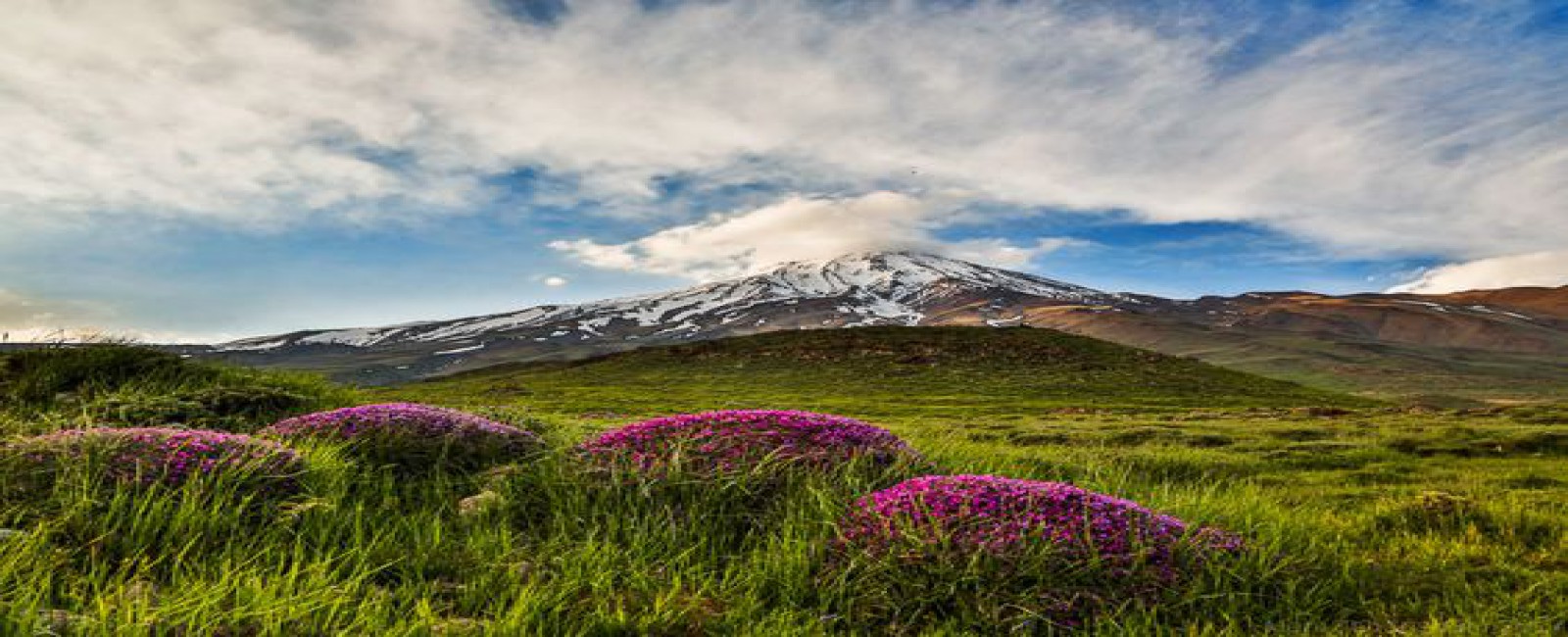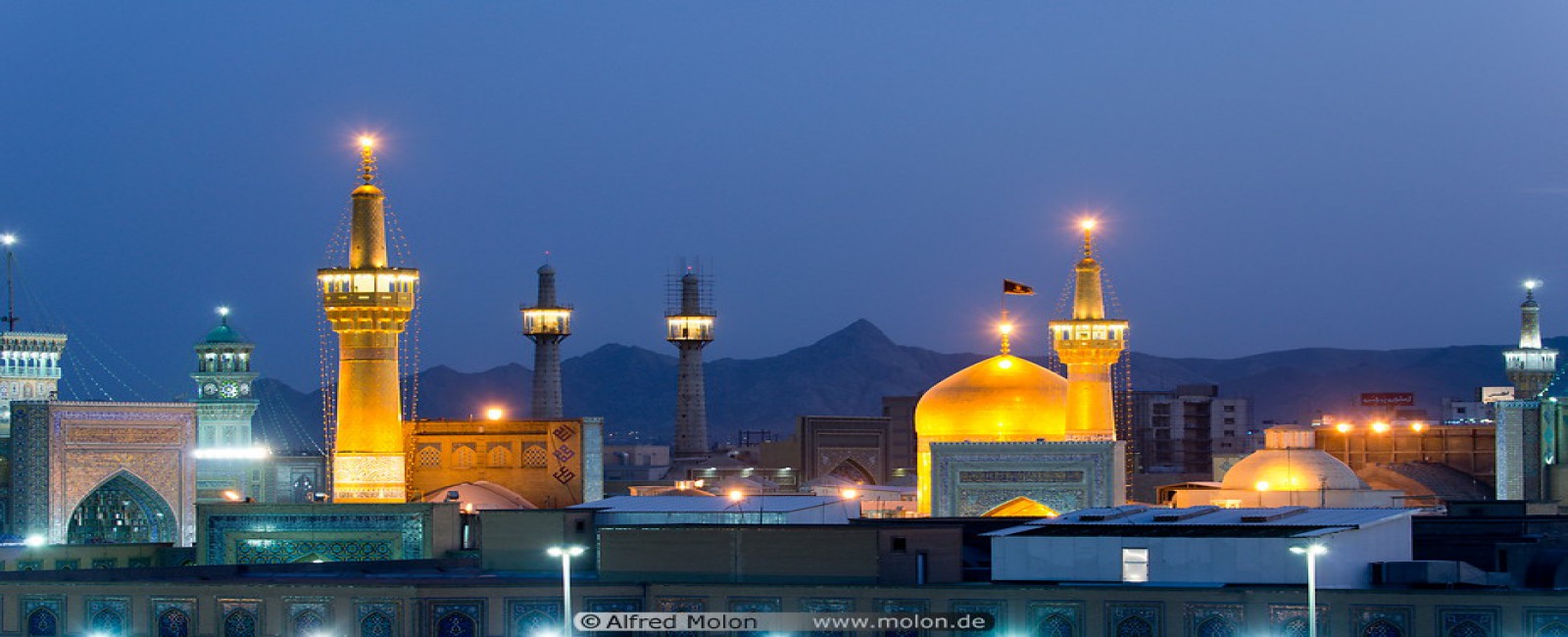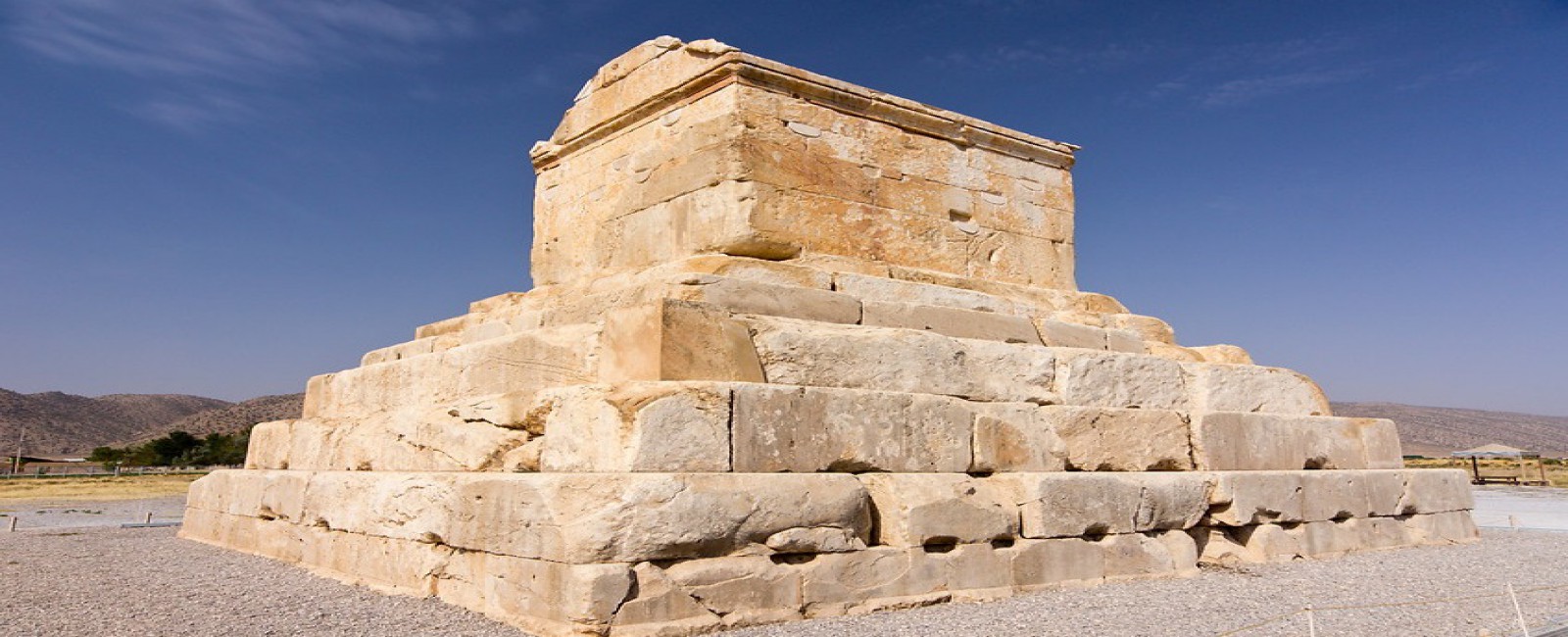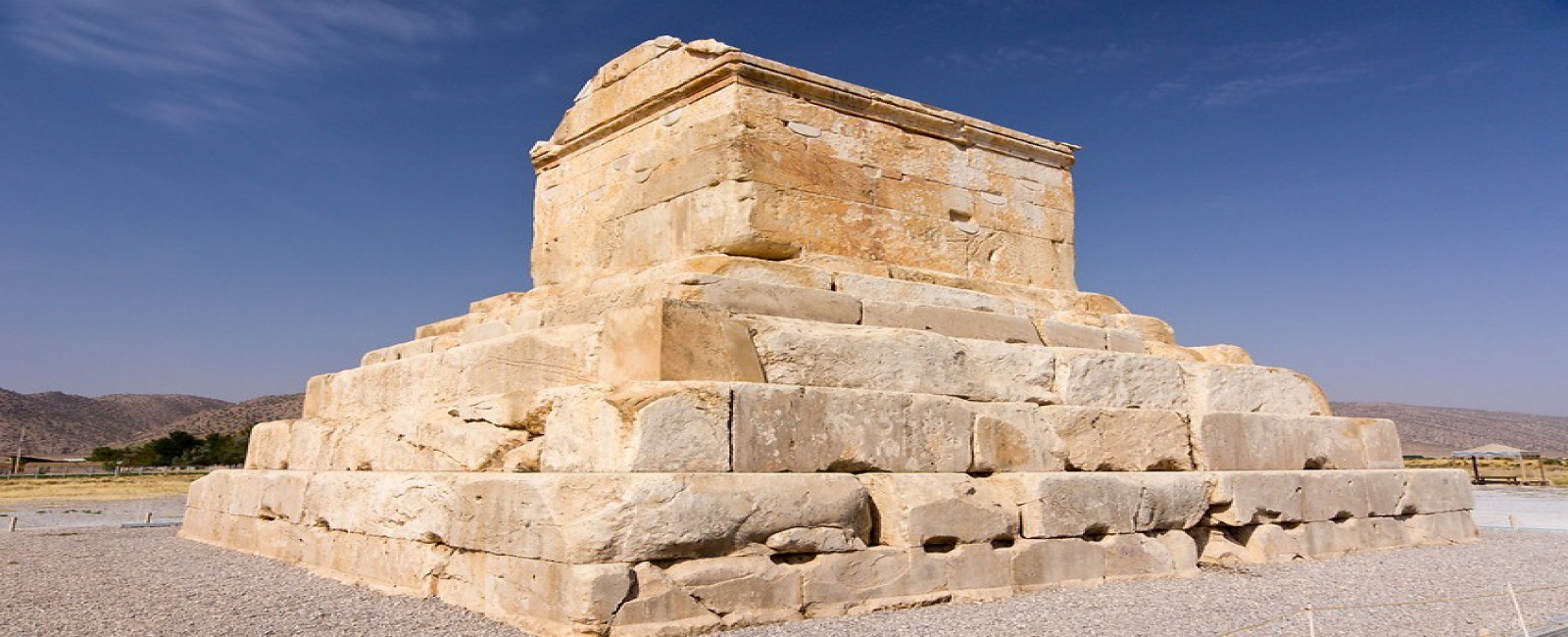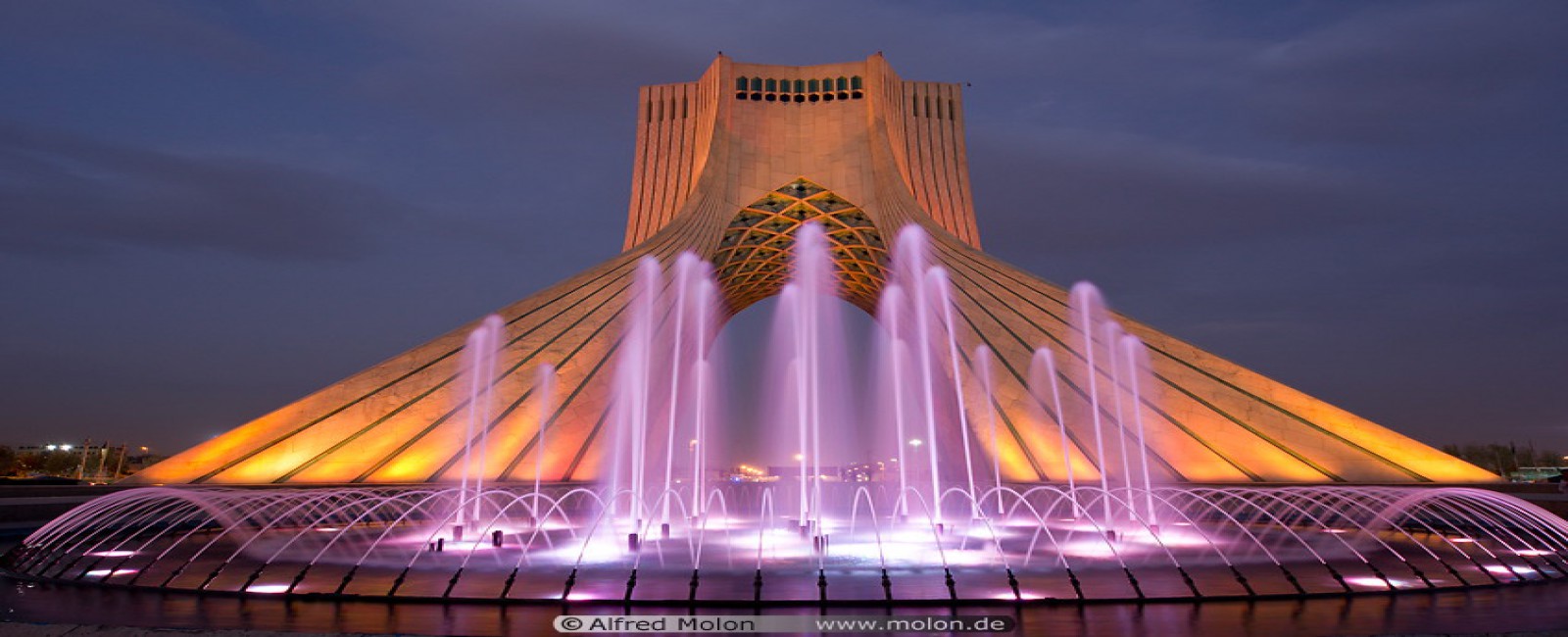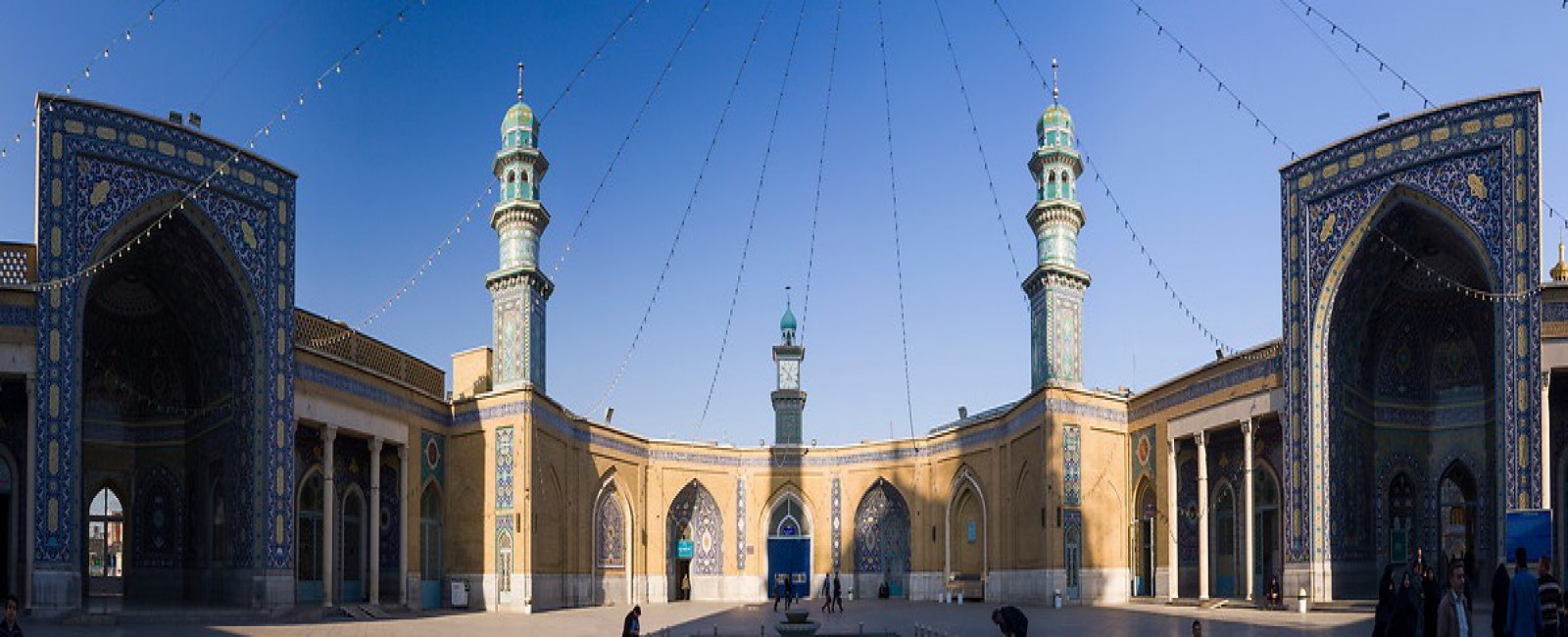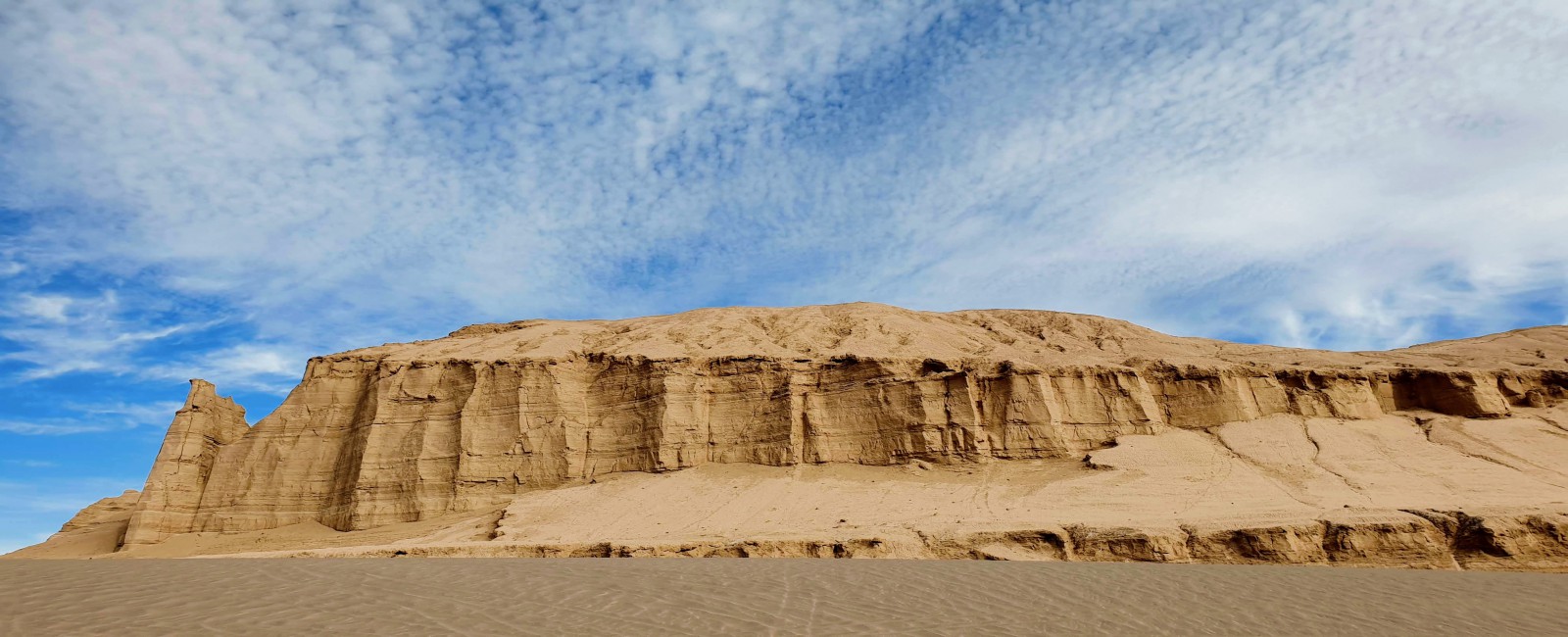Persepolis (Takht-e-Jamshid), Marvdasht

On top of the rocky mountain of Rahmat in the plain of Marvdasht, the ruins of Takht-e-Jamshid palace are pre-eminent. Construction of these palaces started at the time of Darius I (521 BC) and was not completed in less than a period of 150 years. Takht-e-Jamshid is registered as a World Heritage Site by UNESCO.
The entrance of the complex is formed by a two-ramp stairway composed of 110 rather wide and short steps. On top of the stairways is the main entrance or “The Great Gate�?, marked by two statues of a bull with a human head and a pair of wings. There are two exits, one to the south and the other to the east. The south exit or gate connects to the Apadana Palace.
Takht-e-Jamshid is 125 thousand sq.m. in area, and is composed of the main sections:
Official reception halls and palaces
Smaller and more private palaces
Royal treasury
Private fort and special fortification
Various edifices or palaces that have been built are as follows:
The Small Palace or the Gate of All Nations
The Apadana Palace
The Palace of Darius,(one of the primary palaces constructed on the Takht-e-Jamshid rock, which was also called the "Tachar" Palace.)
Hall or palace of a Hundred Columns
The Semifinished Gate or palace
Treasury of Takht-e-Jamshid
The Three Doorway or Consultation Palace or Hall
The stone well
Tombs of Ardeshir II and III
The Palace of Khashayar Shah (called “Hadish�?)
Takht-e-Jamshid was set ablaze by Alexander the Greek (330 BC) after which only ruins have remained. From these ruins, the Apadana Palace, at the main entrance, with 36 columns and three balconies (12 columns in each) in the north, south and eastern sections of the palace have been remained. The northern and eastern terraces are connected to the gardens opposite. The height of the platform in the Apadana Palace is 16 m. and the height of its columns is 18 m.
The entrance of the complex is formed by a two-ramp stairway composed of 110 rather wide and short steps. On top of the stairways is the main entrance or “The Great Gate�?, marked by two statues of a bull with a human head and a pair of wings. There are two exits, one to the south and the other to the east. The south exit or gate connects to the Apadana Palace.
Takht-e-Jamshid is 125 thousand sq.m. in area, and is composed of the main sections:
Official reception halls and palaces
Smaller and more private palaces
Royal treasury
Private fort and special fortification
Various edifices or palaces that have been built are as follows:
The Small Palace or the Gate of All Nations
The Apadana Palace
The Palace of Darius,(one of the primary palaces constructed on the Takht-e-Jamshid rock, which was also called the "Tachar" Palace.)
Hall or palace of a Hundred Columns
The Semifinished Gate or palace
Treasury of Takht-e-Jamshid
The Three Doorway or Consultation Palace or Hall
The stone well
Tombs of Ardeshir II and III
The Palace of Khashayar Shah (called “Hadish�?)
Takht-e-Jamshid was set ablaze by Alexander the Greek (330 BC) after which only ruins have remained. From these ruins, the Apadana Palace, at the main entrance, with 36 columns and three balconies (12 columns in each) in the north, south and eastern sections of the palace have been remained. The northern and eastern terraces are connected to the gardens opposite. The height of the platform in the Apadana Palace is 16 m. and the height of its columns is 18 m.
Vakil Bath, Shiraz

It is located near the Vakil Mosque. Due to change in the conditions of public baths, it has lost its original shape. The Vakil Bath is a monument of the Zand period.
Eram Garden, Shiraz

With its beautiful flowers and decorative plants as well as its amazing edifice, it is now also known as the Botanical Garden of Shiraz University, and is in the heart of the city of Shiraz .
Christian Church, Shiraz

This church is situated in the Armenian sector of Sarjooy. The main hall and paintings with plaster work and ornaments date back to the Safavid period.


